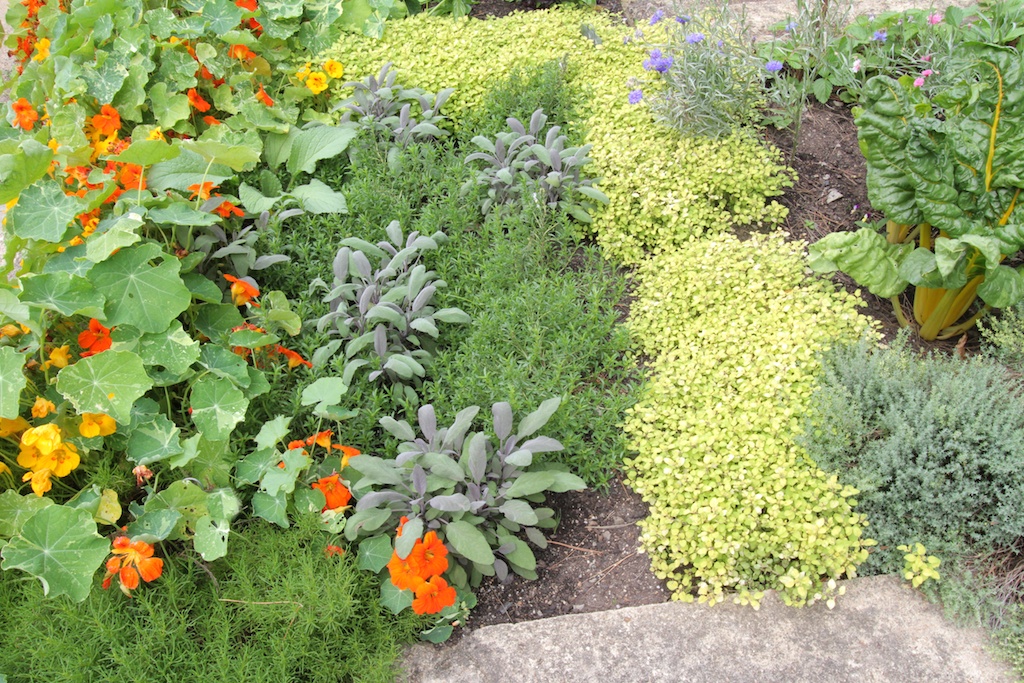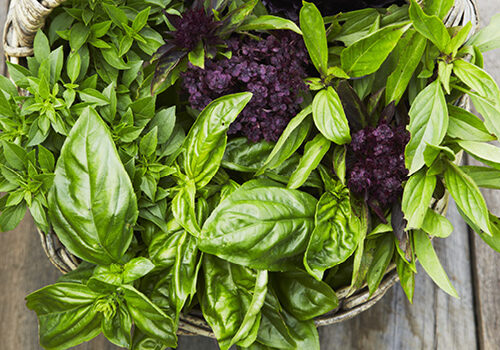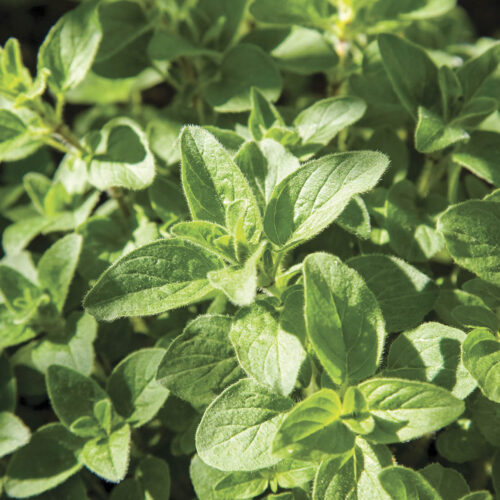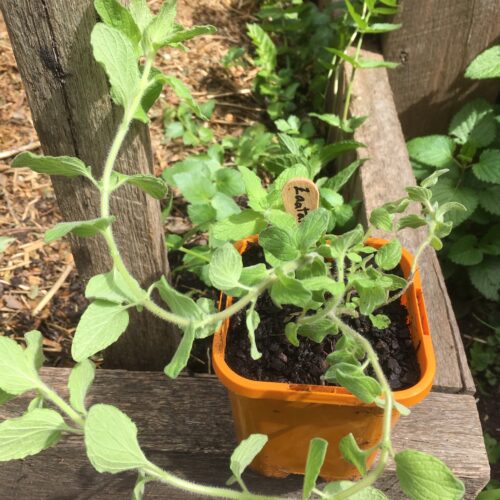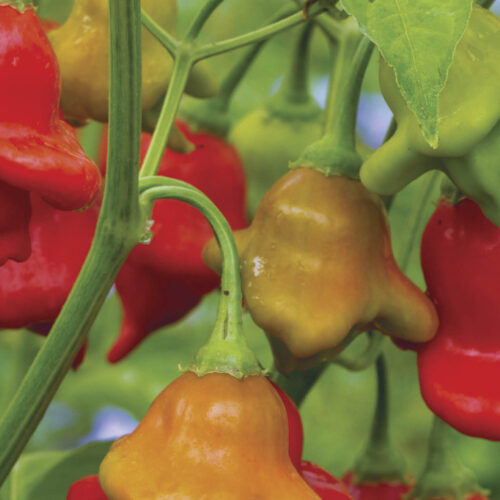Herb garden basics
2016-03-11T00:37:29+11:00
Autumn is a good time to plant herbs, so PENNY WOODWARD tells us how to start.
You can plant herbs mixed in with other plants around the garden or in a bed of their own. Or you can do both. Try adding some of the strongly scented herbs like oregano and thyme to your vegetable garden to help protect the vegetables from pests; scatter some others like garlic, lavender and lemon balm around the garden for the same purpose, and then design a separate herb garden as well.
If you’ve got lots of room, shapes that make good herb gardens are cartwheels (where each of the spokes is a path) and ladders (where each of the rungs is a path) or a chequerboard where every alternate bed is a paving stone. You can also plant groups of herbs into old wheel barrows, bathtubs, basins and large and small pots. Good drainage is essential for most herbs so if your soil is heavy then consider raising a garden bed or growing in a container.
The photo above is of a raised bed, and contains herbs, with a few vegetables mixed in. Starting from the top left and going clockwise we have nasturtiums, golden oregano, cornflower, coloured silver beet, orange thyme, purple sage and green santolina. In the middle is winter savoury with some more purple sages. This area is about 1.2×1.2m, as you can see you can fit a lot of herbs into a small space and they look great too.
Sun
Most herbs like plenty of sun. Once you’ve found the site you want to use, watch it for a few days and see which parts get sun for the whole day and which are shaded in the morning or afternoon. Remember that in winter the sun is low in the sky and in summer it is high, so shading will be different at different times of the year. Plant those herbs that like lots of sun in the sunniest positions and those that like some shade in the shadier spots.
Soil
Plants need nutrients from the soil if their roots, stems, leaves and flowers are going to grow strong and healthy. The most important nutrients are nitrogen, phosphorus and potassium. Others are only needed in tiny amounts (known as trace elements). All these nutrients are found in chemical fertilisers but while these fertilisers provide food they don’t add to the structure and health of the soil. It is much better to work on improving the soil by adding manure, humus and compost all of which contain nutrients and at the same time encourage worms, insects and soil bacteria to live happily in your soil, creating a balanced and sustainable environment. Herbs don’t need as much food as many vegies and in fact too many nutrients can make the leaves sappy and floppy and the flavour less intense.
Water
Herbs, especially the mediterranean ones like sage, thyme, lavender and oregano are mostly fairly tough and will put up with being dry for quite a long time. Once you get to know your herbs you will learn to tell when they need water. Often there are one or two herbs (like marigolds) that will begin to droop before the others and they can act as a guide to when the rest of the garden needs watering. The amount of water and the number of times it is needed depends on the soil, the position of your garden and the weather but remember that: soil will dry out more quickly during windy weather than on a still day. Gardens with sandy soil dry out more quickly than those with clay soils. Pots dry out more quickly than gardens.
There are couple of ways to reduce the amount of water needed by your plants. Mulch the garden, this helps to stop water evaporating into the air, and water in the early morning or late afternoon when it is not as hot. This way the plants get a chance to use the water before it evaporates.?
Good drainage
Good drainage is essential to healthy garden soil and healthy plants because most plants do not like to have their roots actually sitting in water. You can improve drainage and provide food by adding humus to soil. In heavy soils humus opens up the soil and increases drainage, while in sandy soils it will help to slow drainage down. Drainage is also improved by raising the height of the garden bed above the surrounding ground. One way to do this is to use bricks or timber for the outside of the bed and fill the inside with compost and soil. If these are too difficult and your soil doesn’t drain well then grow your herbs in pots or other containers.

